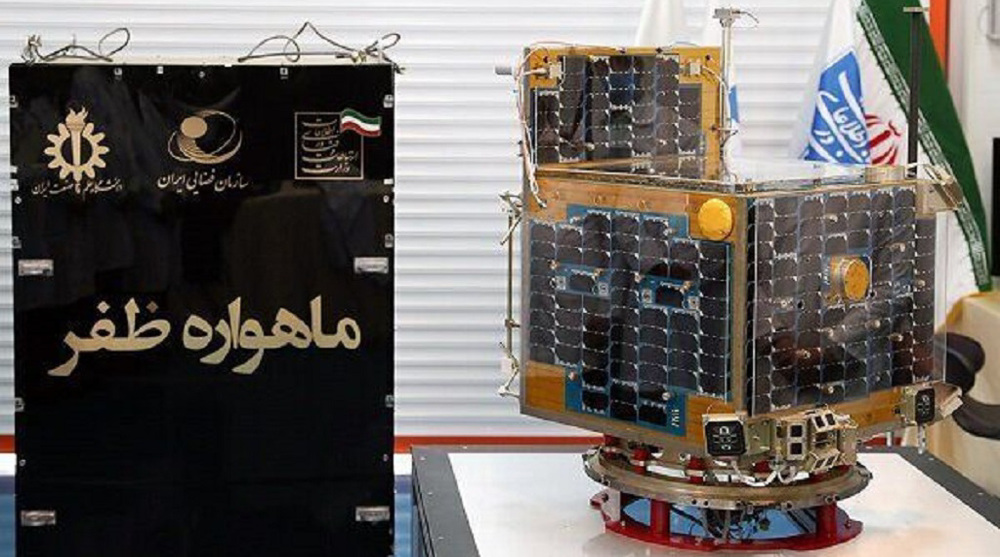NASA tests biggest, most powerful rocket booster ever made
NASA has tested the biggest and most powerful rocket ever made, the SLS booster, in the western US state of Utah.
On Tuesday, crowds gathered to watch the testing of NASA’s Space Launch System’s (SLS) key component in the Utah desert.

During the test, temperatures inside the rocket reached almost 6,000 degrees Fahrenheit (3,316 °C).
“Today's test is the pinnacle of years of hard work by the NASA team, Orbital ATK and commercial partners across the country,” said John Honeycutt, SLS Program manager at NASA's Marshall Space Flight Center in Huntsville, Alabama.
The booster’s test was the last before the SLS’s initial unmanned test flight with NASA's Orion spacecraft scheduled for 2018 as part of the agency’s Mars mission.

“This final qualification test of the booster system shows real progress in the development of the Space Launch System,” said William Gerstenmaier, the associate administrator for the Human Exploration and Operations Mission Directorate at NASA Headquarters in Washington.
“Seeing this test today, and experiencing the sound and feel of approximately 3.6 million pounds of thrust, helps us appreciate the progress we're making to advance human exploration and open new frontiers for science and technology missions in deep space,” he added.
The US National Aeronautics and Space Administration plans to send the first manned mission to Mars in the 2030s, and is currently trying to upgrade its space launch systems and Orion Spacecraft in a manner that they will be capable of transporting passengers to the red planet.
Four HTS-affiliated gunmen killed in armed attack in northwestern Syria
VIDEO | Brazilians protest against bids to ease punishment for Bolsonaro, allies
Australia hails Muslim ‘hero’ Ahmed al Ahmed who disarmed gunman in Sydney attack
Palestinian abductee dies in Israeli prison amid rampant ‘slow execution’
VIDEO | New Yorkers embrace Central Park's first snowfall
Far-right Kast sweeps Chile’s presidential election
Hamas says reserves right to retaliate for commander assassination
Civilizations must unite against unilateralism, warmongering: Iran’s deputy FM









 This makes it easy to access the Press TV website
This makes it easy to access the Press TV website